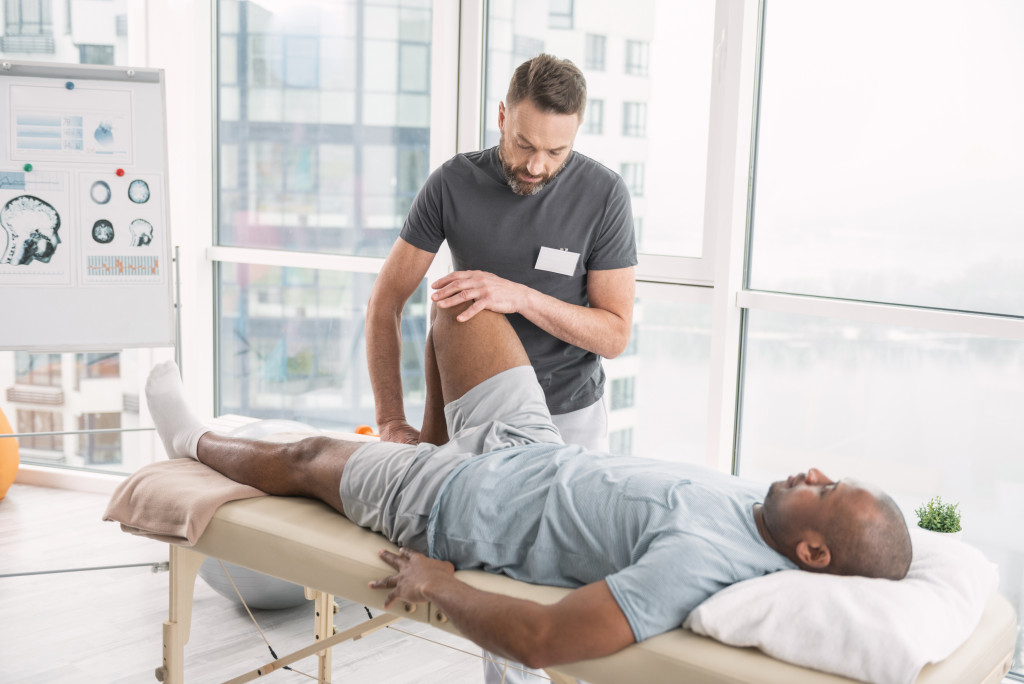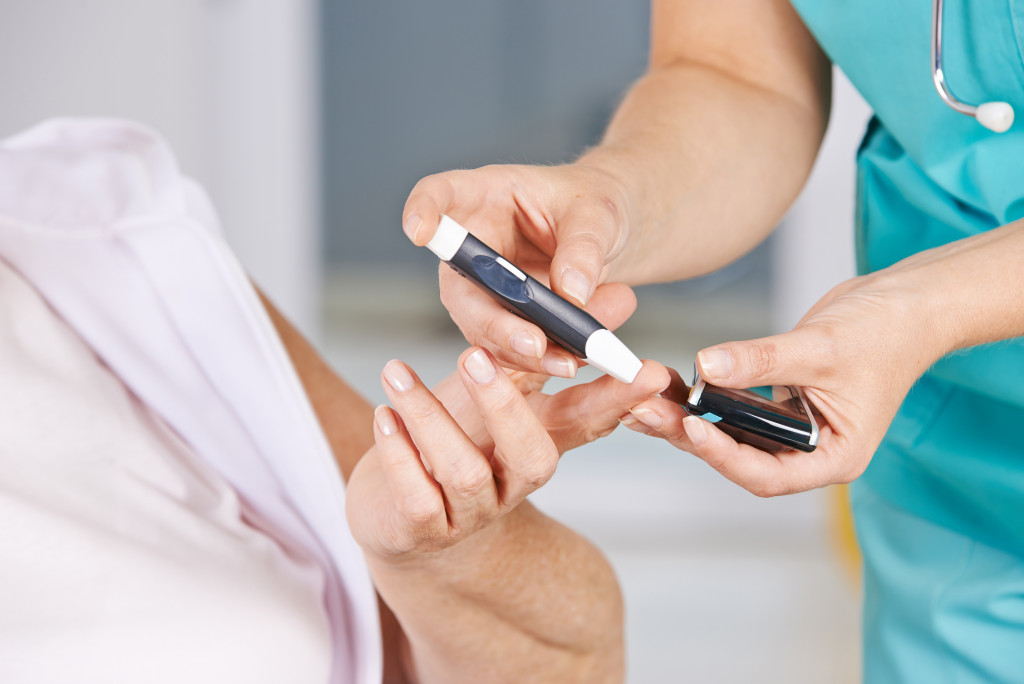For a long time, the medical field has used technology to make the diagnosis, treatment, prevention, and maintenance of health conditions more efficient and effective for saving lives. For the average person, technology is created to entertain, but in medicine, it can be the difference between life and death.
A surgeon can use robotic assistance to aid in their operations. A neuro-rehab specialist will use imaging technology to find conditions affecting the brain. Technology is everywhere in this field that even aftercare and rehabilitation use the digital space to create useful gadgets and items for every unique need of their patients. Here are some of the most innovative ways technology made the world more accessible for rehab patients.
Computer assistance software
Because the world is now relying on technology for almost everything, rehab patients with difficulties navigating computers can employ different kinds of software to make the task easier. For one, voice recognition programs help people with disabilities to access many features of the digital space. They can use it to find online help, schedule their appointments and trips, and entertain themselves like how others do.
Other software is tailored to disabilities like visual impairments, speech disorders, and hearing problems so that they can enjoy the features of computers to the full extent. Stephen Hawking was popularly seen using these kinds of software to help him communicate his knowledge with the world.
Virtual reality
Many rehab patients will require physical therapy to recover their mobility. This is done to stimulate their bodies to move and encourage muscle memory to kick in. But sometimes, physical therapy can be difficult to start because of the current condition of the patients. So medical professionals are beginning to make use of virtual reality to slowly simulate movement even when patients are not immediately able to do so physically.

3D printing and modeling
Technology made 3D printing possible. It’s used to create not only novelty items for people’s entertainment but also modified items that can assist people suffering from various difficulties. A popular example would be prostheses that help medical professionals to replace lost or missing body parts and allow patients to regain their mobility. These prostheses are measured and modeled to the unique body measurements of patients to fit them as best as possible. Some prostheses are even implanted inside to body to replace or assist poorly-functioning organs.
Housing adjustments
The home should be the most comfortable place for everyone. This is why rehab patients can opt to use technology in modifying their homes for their specific conditions. The usual adjustments that people know are ramps, elevators, and automated doors, but housing adjustments can be done on light switches, chairs, tables, kitchens, basically everything to let patients access the functions of their homes easier. Many of these adjustments will be custom-made as different conditions will ask for other features. Still, all of these are built to hopefully eliminate the need for reliance on caretakers.
Vehicle adjustments
Just like how the home can be adjusted for these patients, vehicles can also be modified to allow them to drive safely. Driving can be dangerous to people with disabilities if their vehicles are not suited to their needs. These adjustments can range from minor modifications like changing the height of the driver’s seat or adding hand controls to the steering wheel to more significant changes like replacing car parts with modified items that can help them drive better. All of these are created to put their safety at the forefront whenever they have to get around by vehicle.
Specialized items with adjusted features
Lastly, mobility aids are created specifically for patients with disabilities. These items have adjusted features that allow them to resume their lives without needing full help from the people around them. Wheelchairs, crutches, hearing aids, and many others are the best examples. However, items like pen grips, phone holders, and stabilizing utensils are also essential creations that can significantly change the life of patients struggling with the everyday items built for able-bodied individuals.
There are only some of the innovative applications of technology that improve the quality of life of rehabilitation patients. There are more out there, already making lives better, while others are continuously being created and modified to increase efficiency for every individual.
Having known the power of technology in the medical field, people may be more grateful for the sudden surge of technological advancements in this century instead of hating it because of the other disadvantages that are more noticeable in the current environment. Everyone should understand that technology is here to improve lives. The consequences only come from how people utilize the innovations for their purposes.

